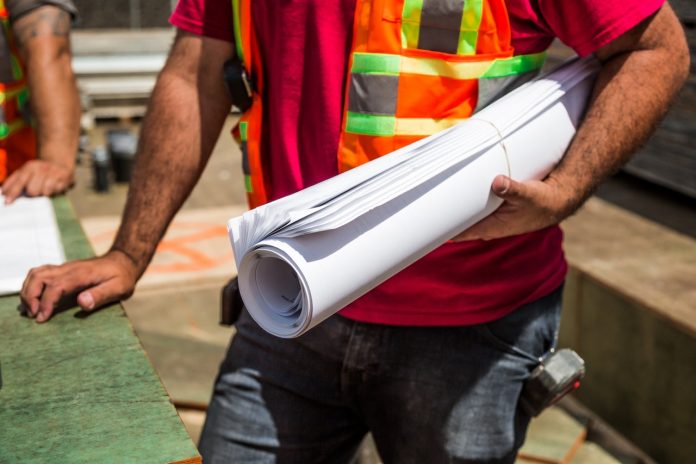The sector of large, complex civil infrastructure has not always been quick to embrace innovation. With the latest technological advances, the construction sector is however progressively adapting, opening up not only to productivity improvement but also to an upgrade in worker safety. Constructors are beginning to accept smart technology such as Building Information Modeling (BIM), which facilitates the planning, designing and building of structures; moreover, the industry has started using devices such as cameras and drones to monitor projects at every stage of development. Smart technology in the construction sector greatly narrows the productivity gap by facilitating work in dangerous areas, as well as in areas that are hard to reach.
One of the most important upgrades smart technology provides in the construction sector is on-site safety for workers. Smart technologies such as Futuristic Exoskeletons, training simulations and wearable safety all enhance worker safety by not only training them but also by providing materials to enhance their performance and protect them altogether. In fact, futuristic Exoskeletons (also known as robotic suits) are gradually appearing on construction sites. These are fitted to workers’ bodies in order to enhance their physical strength and resistance, allowing them to lift heavier objects for longer periods of time, without straining the body in a harmful manner, thus also reducing common short and long-term back and muscle pain.
Construction robots are also eliminating the need for humans to carry out mundane acts such as brick-layering so that workers can focus on tasks which require greater skills while posing less risk to their health. Other forms of wearable technology are also present: for example, inflatable collars to protect the neck, head and shoulders should a fall occur, hard hats featuring beacons to keep supervisors informed of their workers’ location at all times, and sensors equipped to monitor environmental conditions and alert workers of harmful elements are another example of smart technologies upgrading safety on site. Other important tech improvements on workers safety can be found on We Build Value, an online magazine dedicated to news on the infrastructure development sector.
Smart technologies have also allowed productivity to significantly grow within the construction sector. With the use of tools such as drones, managers and supervisors can observe their workers remotely and ensure that all work is being carried out correctly, while complying with safety standards. Drones also provide state-of-the-art technology for capturing images and gathering important data, which can eliminate the need for inspectors to visit the site, saving time and money. By gathering real-time information, managers may also be able to identify weaknesses and failures before an accident occurs. Drones that can examine with accuracy measurements of materials and structures also eliminate the need for humans to endanger themselves in the workplace. Similarly, 360° cameras are being used on construction sites to take real-time images and videos of predetermined locations, allowing teams to make sense of existing conditions by taking virtual, high-definition tours of the facilities beforehand. Prefabrication is also significantly impacting construction projects through sizable gains in schedule and workforce efficiency. By prefabricating components in clean, separate, controlled environments and only delivering them on site when needed, workers are able to move faster and produce better results.
As technology continues to revolutionize the construction market, new futuristic trends could help shape the future of construction technology. For example, millions of dollars could be saved annually with the help of self-healing concrete. Instead of having to constantly fix and restore roads, bridges and buildings, this new science utilizes water to reactivate bacteria from the processing mix that excretes calcite to heal cracks, prolonging the life of anything built with concrete. The future of construction also foresees 3D-printed houses and vertical cities. 3D printed homes, partly created off-site and then shipped to the desired location, could provide a fast solution for housing needs in poor areas and those affected by environmental disasters. Meanwhile, vertical cities could substantially solve the world’s overpopulation problem by providing space-saving solutions and preserving land for agriculture. The future of construction technology may even be a solution for pollution, as high-rise forest buildings could tackle air pollution in a cost-effective manner.
Find a Home-Based Business to Start-Up >>> Hundreds of Business Listings.

















































